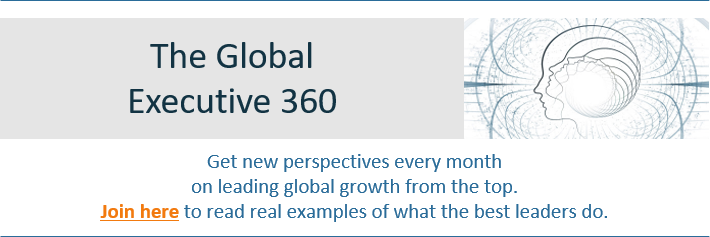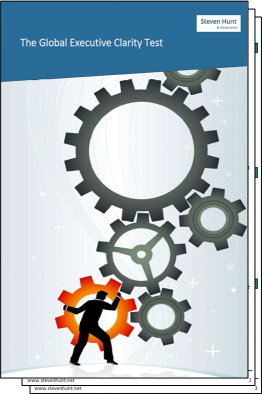Make it the best coaching experience you’ve ever had.
For years I worked with a colleague on consulting projects whose client mantra was crystal clear. It was simply, “To make this the best coaching experience you’ve ever had.” Everything he did was designed to maximise the positive experience for the client and their stakeholders.
It didn’t matter which country or industry or corporate level we worked with, the atmosphere was the same: positive, constructive, demanding, and productive. Working together was such a big boost, like taking a vitamin tablet every day.
Contrast that with the experience we’ve all had: a toxic colleague or customer. That drains the energy, creativity, innovation, and results out of any project.
The benefits of deciding the “how” of collaboration early on
The piece of the collaboration puzzle that gets ignored most often is the “how”. It’s vital to exchange expectations of what it means to work together. Kick-off questions include:
- What does commitment look like for each stakeholder?
- What standards does the project group set? To be the best? The fastest? The most innovative?
- What standards do you, as the leader, set for yourself and others?
Your answers have a direct impact on priorities, processes, and people.
The paradox is that groups which openly discuss how they want to co-operate find that they move faster and achieve more than those who leave collaboration to chance.
Plus, behind every significant project failure are clear signs of ignoring collaboration.
Build up your Trust in Intent
In essence, the “how” is about building trust by reaching across global sites and functional boundaries. There are only two types of trust that help here:
- Trust in Competence
- Trust in Intent
When you go to the doctor or dentist, you have Trust in Competence. You see their qualifications hanging on the wall.
On global projects, the leading executive doesn’t have a meaningful certificate on the wall to say he or she is qualified to lead collaborations. So the only option we have is to trust is positive intention. This is Trust in Intent. It comes through what you say and do, not through our title or position.
The downside is the Trust in Intent is abstract and subjective. It comes through the leader’s actions, not words. Like a flower, it needs watering: it needs attention and maintenance every day, every week in every interaction.
The good news is that there is an easy way to identify Trust in Intent. Put the “what” of collaboration to one side and ask yourself three questions:
- Are all of the stakeholders in this collaboration being open, honest, and respectful (even when things go wrong)?
- Are they doing all three things consistently?
- Am I also doing the same – being consistently open, honest, and respectful?
When your answer is “yes” to all three questions, the sky’s the limit. Your discussions are robust and focused on outcomes. You find it easy to allocation and shift resources efficiently. People talk about challenges before they become costly mistakes.
All of these advantages accrue to the executives who decide early on how to collaborate. That’s why after setting a clear objective for collaboration, the how is the second most important step you take to guarantee success.

















